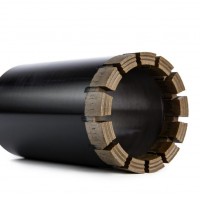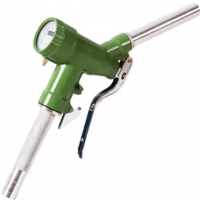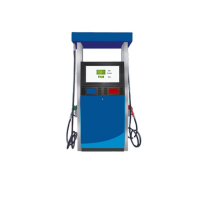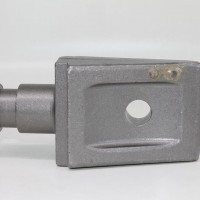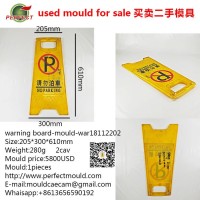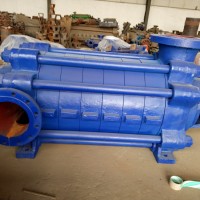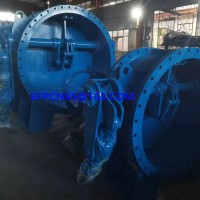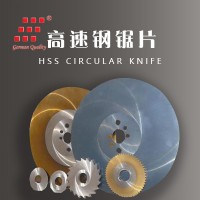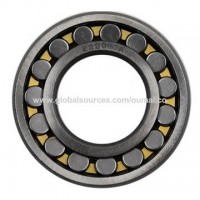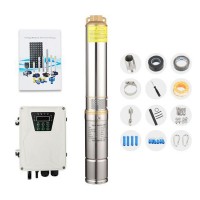1.Material and construction: Excavator bucket teeth are typically made from high-quality steel or alloy materials that provide excellent strength, durability, and resistance to wear. These teeth are manufactured through heat treatment processes to enhance their hardness and toughness, ensuring that they can withstand the demanding conditions encountered during excavation.
2.Tooth designs: There are different tooth designs available, including standard teeth, rock teeth, penetration teeth, and more. The choice of tooth design depends on the application and the type of material being excavated. Rock teeth, for example, have a more pointed and sharp edge for breaking through hard rock formations, while penetration teeth have a more narrow and tapered design for easier penetration into the soil.
3.Tooth sizes: Excavator bucket teeth come in various sizes to suit different excavator models and bucket sizes. Choosing the right tooth size ensures optimal digging performance and efficiency.
4.Easy installation: Excavator bucket teeth are designed to be easily installed and removed from the bucket. They typically use a pin and lock system or a tooth adapter system, which allows for quick tooth replacement or change depending on the requirements of the excavation job.
Excavator bucket teeth are specialized attachments that are installed on the bucket of an excavator. These teeth are designed to enhance the digging and excavating capabilities of the machine by effectively penetrating and breaking up various materials, such as soil, rocks, and debris.
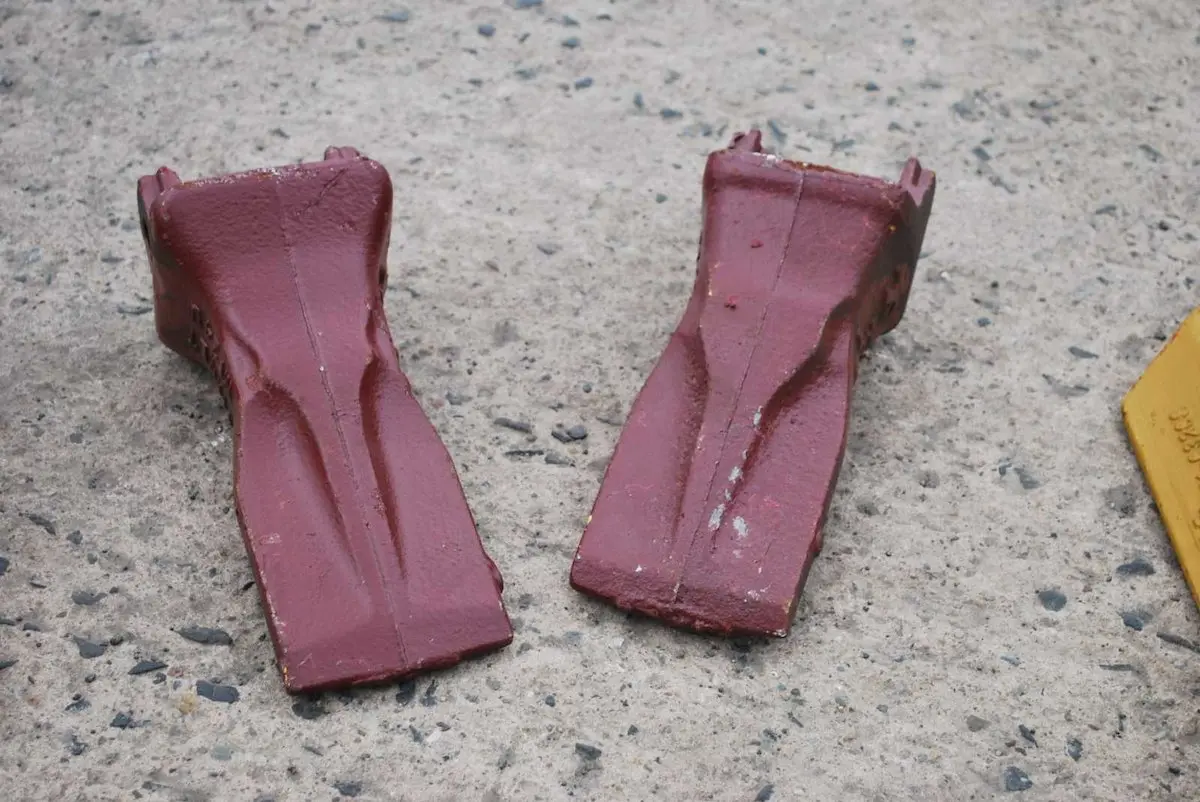
Here are some key features of excavator bucket teeth:
1.Material and construction: Excavator bucket teeth are typically made from high-quality steel or alloy materials that provide excellent strength, durability, and resistance to wear. These teeth are manufactured through heat treatment processes to enhance their hardness and toughness, ensuring that they can withstand the demanding conditions encountered during excavation.
2.Tooth designs: There are different tooth designs available, including standard teeth, rock teeth, penetration teeth, and more. The choice of tooth design depends on the application and the type of material being excavated. Rock teeth, for example, have a more pointed and sharp edge for breaking through hard rock formations, while penetration teeth have a more narrow and tapered design for easier penetration into the soil.
3.Tooth sizes: Excavator bucket teeth come in various sizes to suit different excavator models and bucket sizes. Choosing the right tooth size ensures optimal digging performance and efficiency.
4.Easy installation: Excavator bucket teeth are designed to be easily installed and removed from the bucket. They typically use a pin and lock system or a tooth adapter system, which allows for quick tooth replacement or change depending on the requirements of the excavation job.
5.Wear protection systems: To extend the lifespan of the bucket teeth, wear protection systems such as wear caps or wear plates can be used. These additional components help protect the teeth from excessive wear and tear, reducing the need for frequent tooth replacement.
Excavator bucket teeth are essential attachments for excavators, ensuring efficient and productive excavation operations. Their durable construction, various tooth designs, and easy installation make them versatile tools for a wide range of excavation projects, from general earthmoving to more demanding applications like mining or rock quarrying.
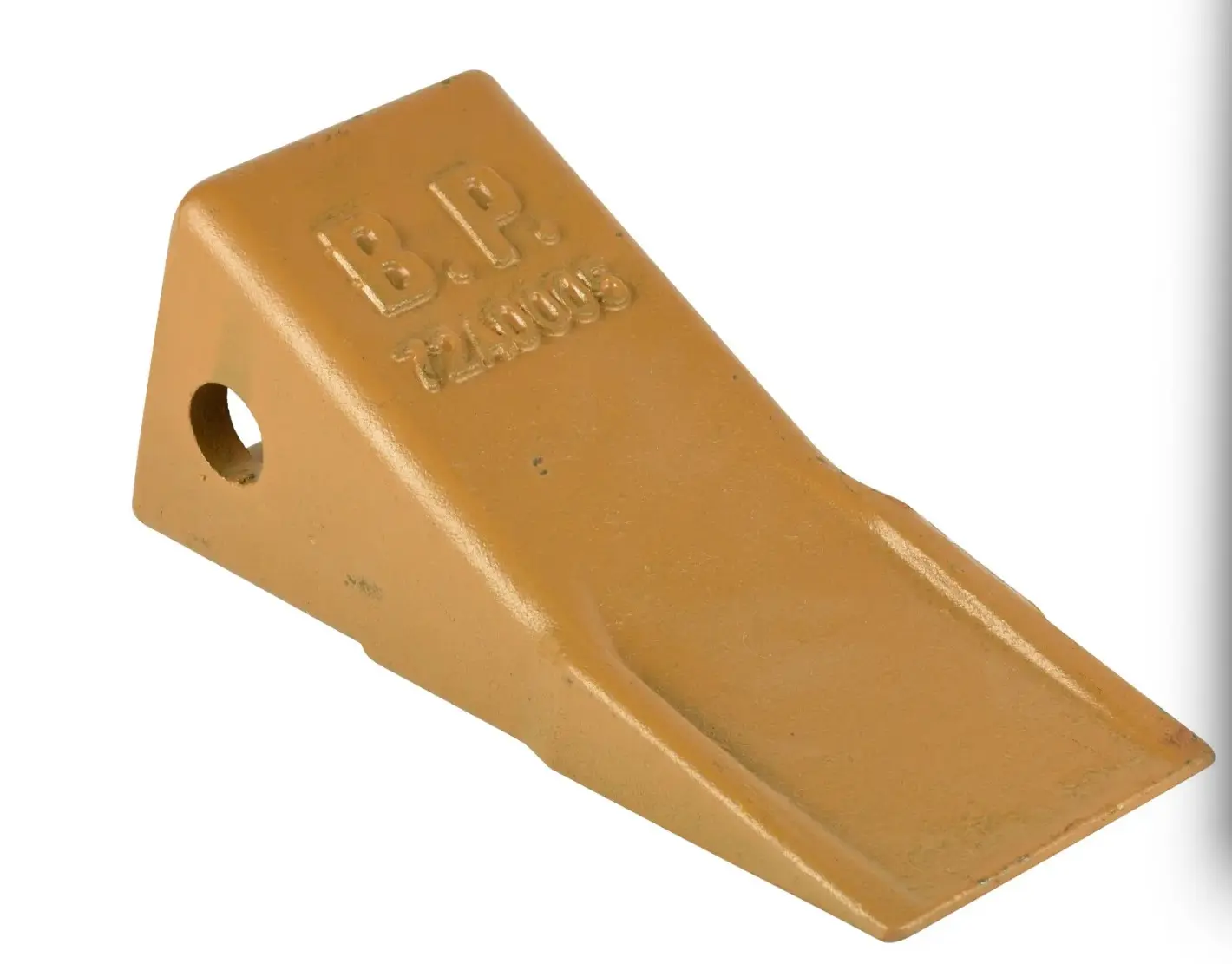

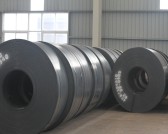
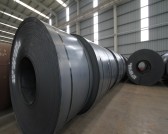
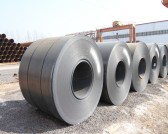
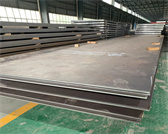

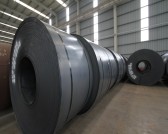
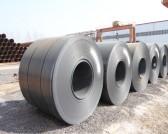
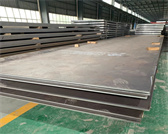

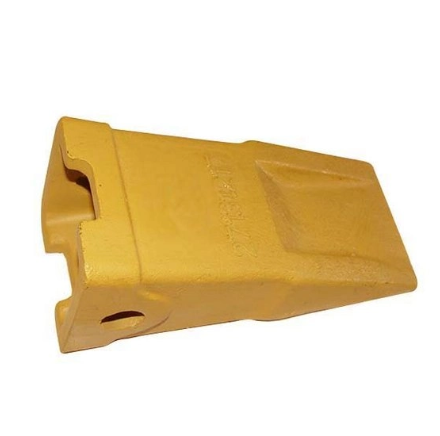
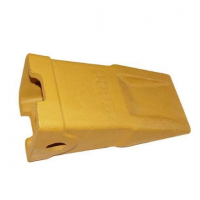
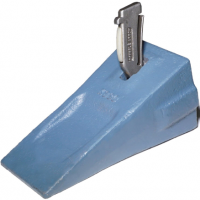
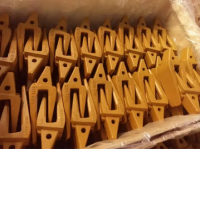




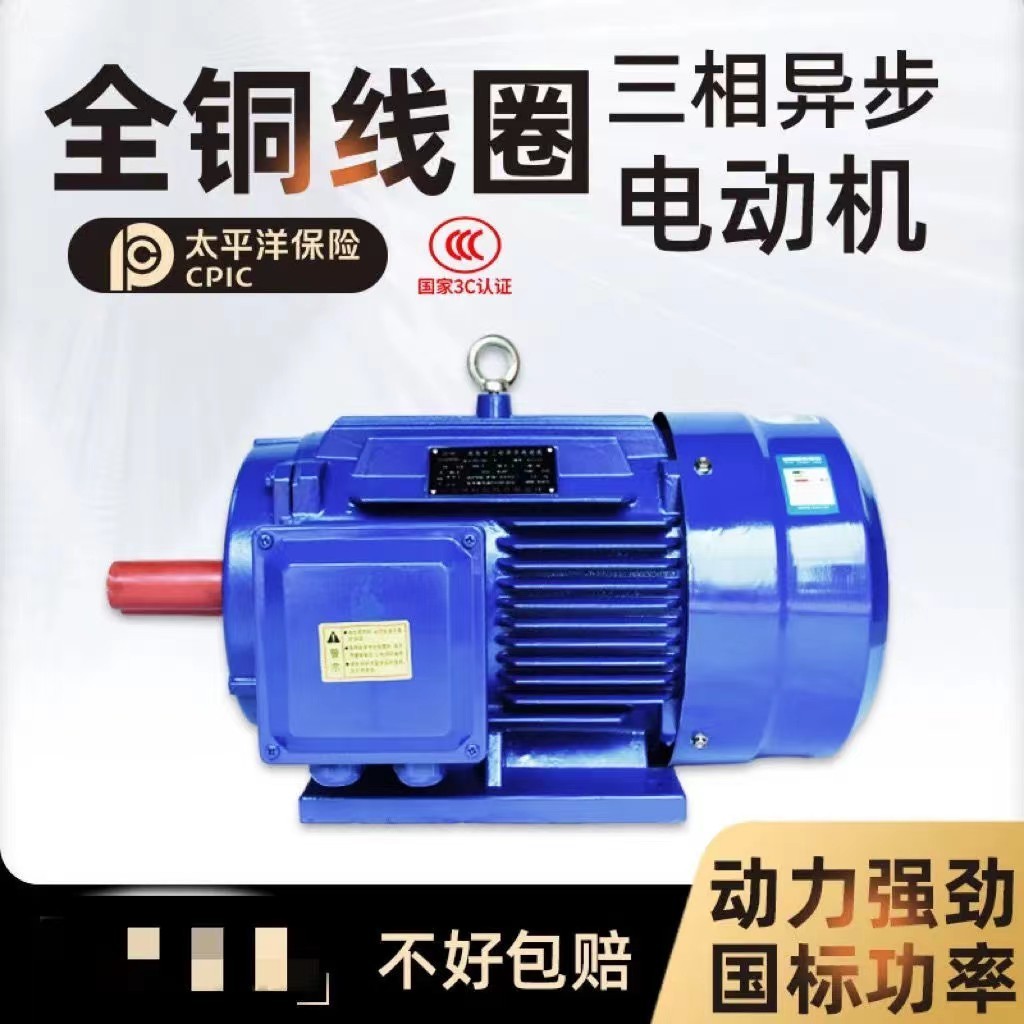
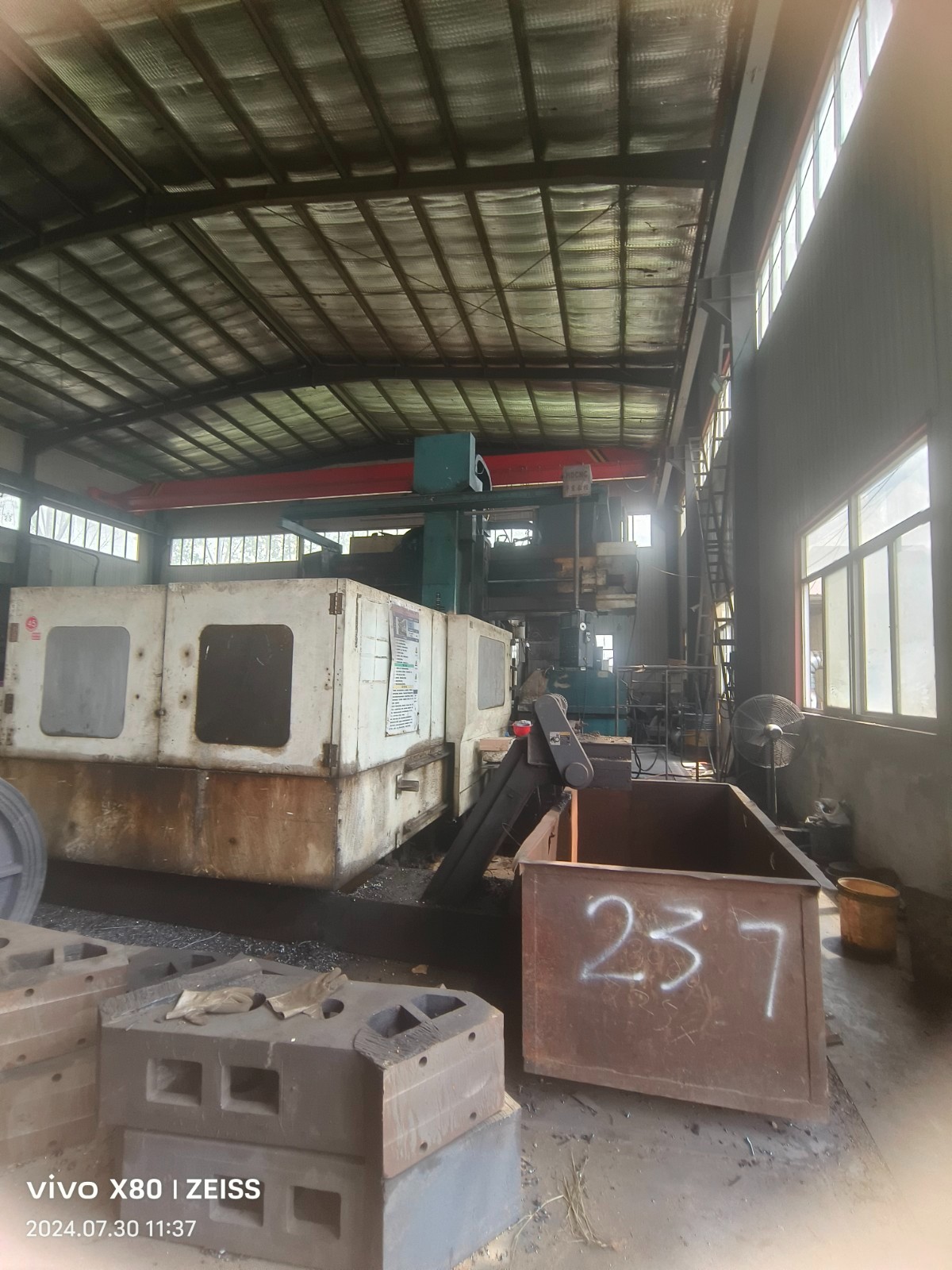
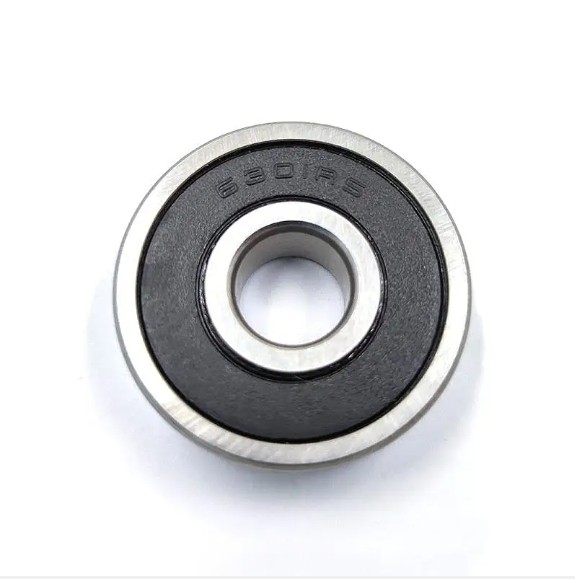
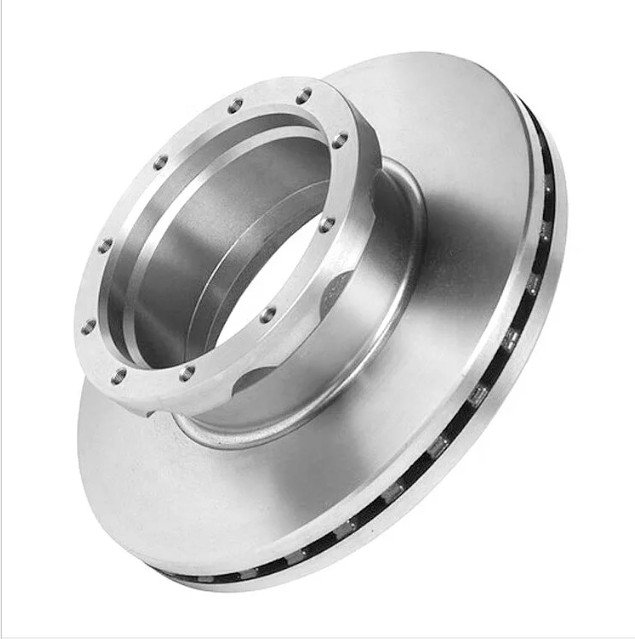
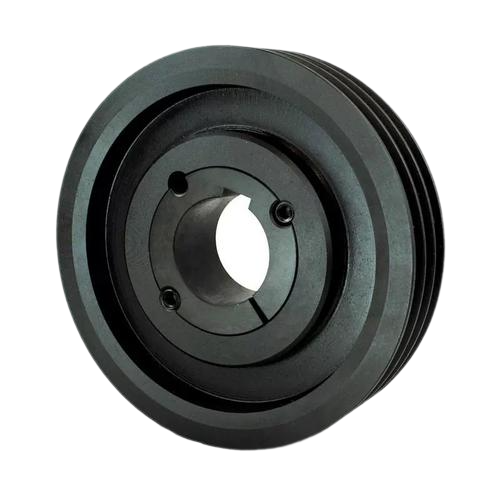
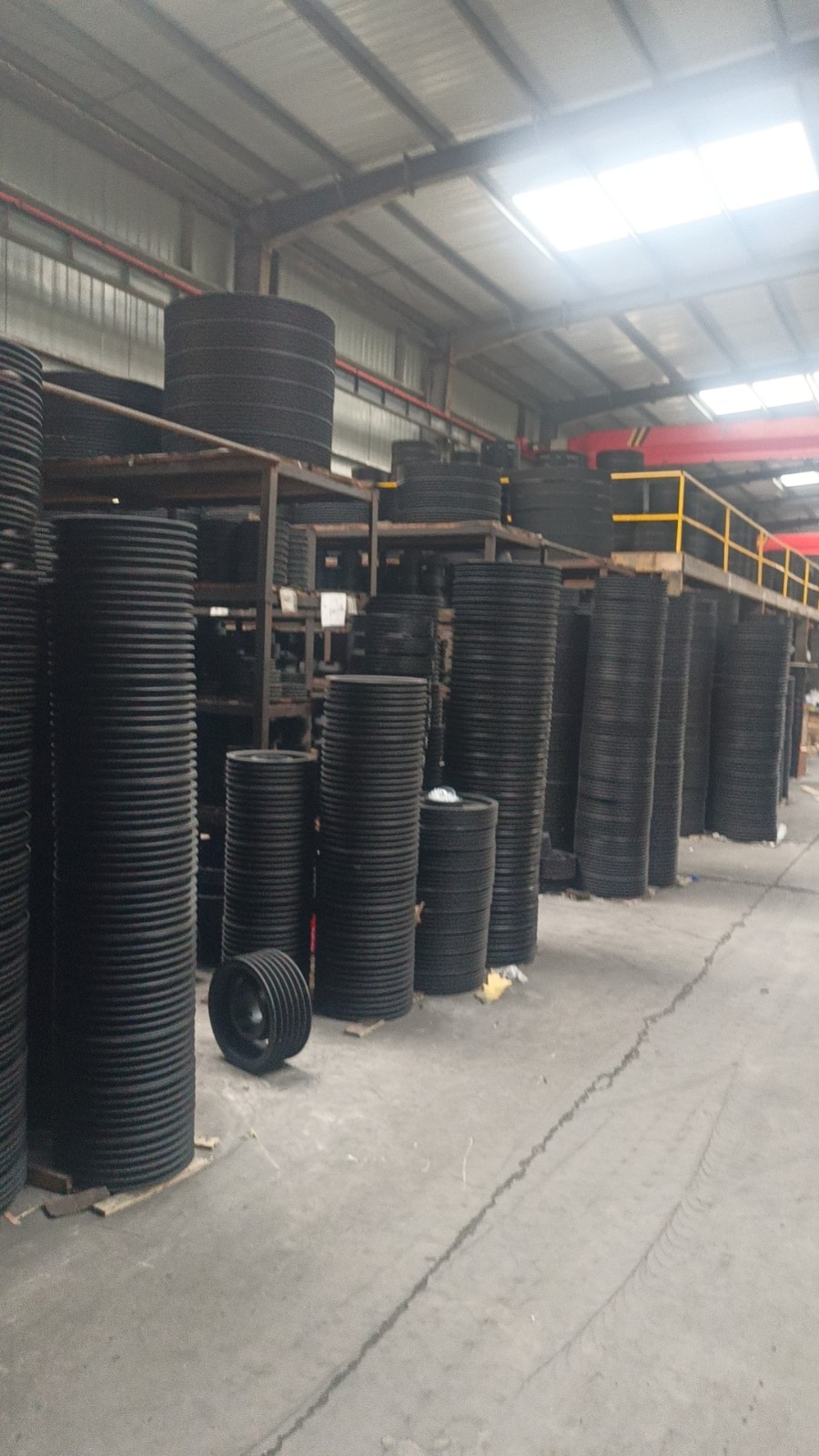
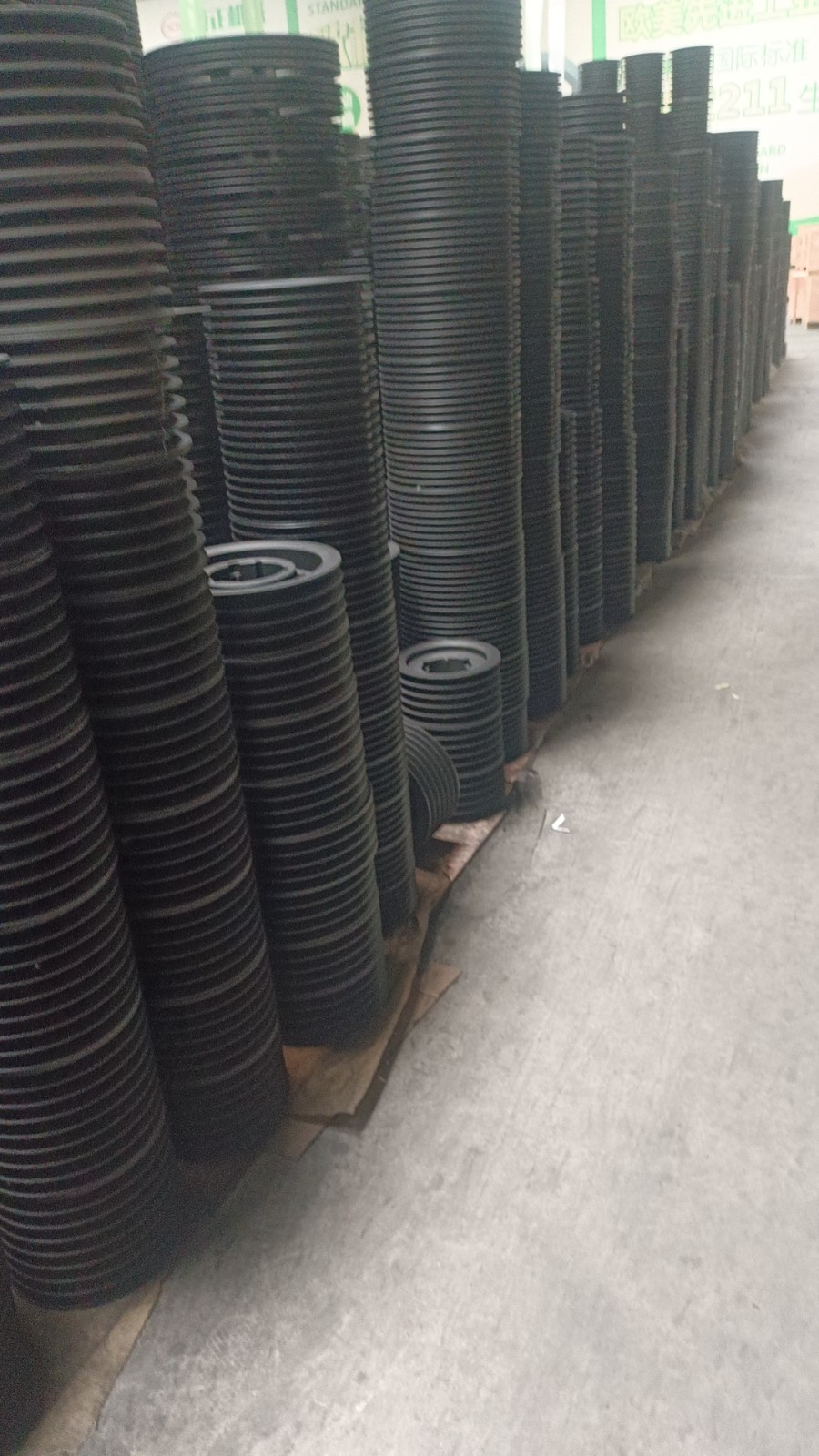
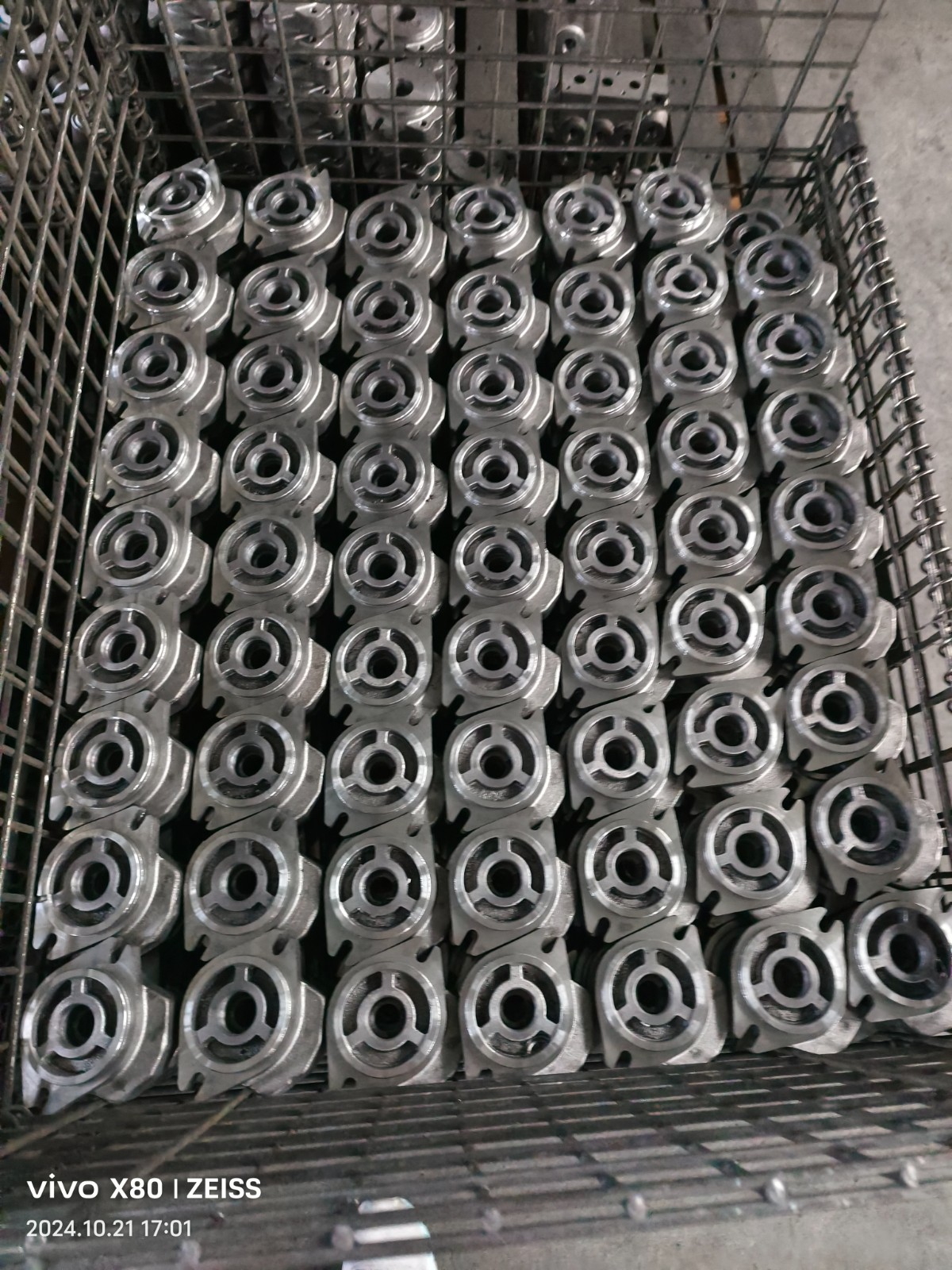
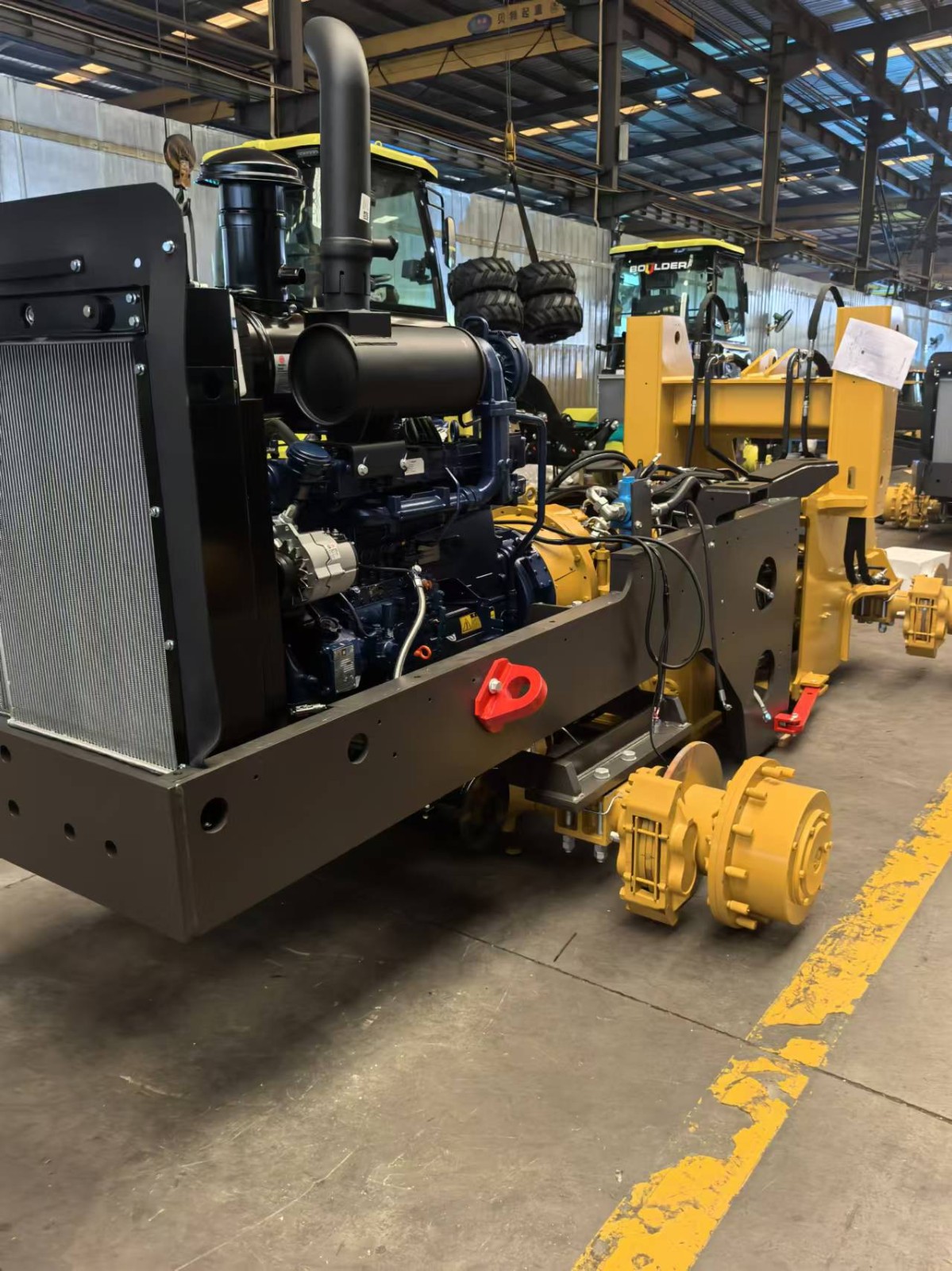
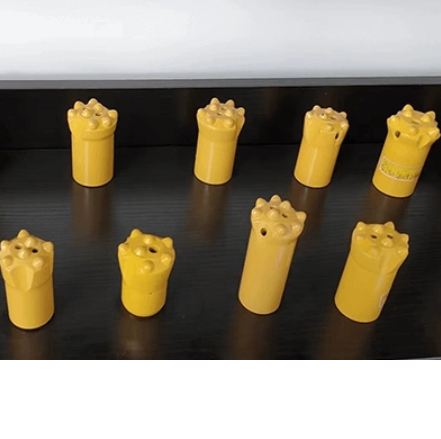
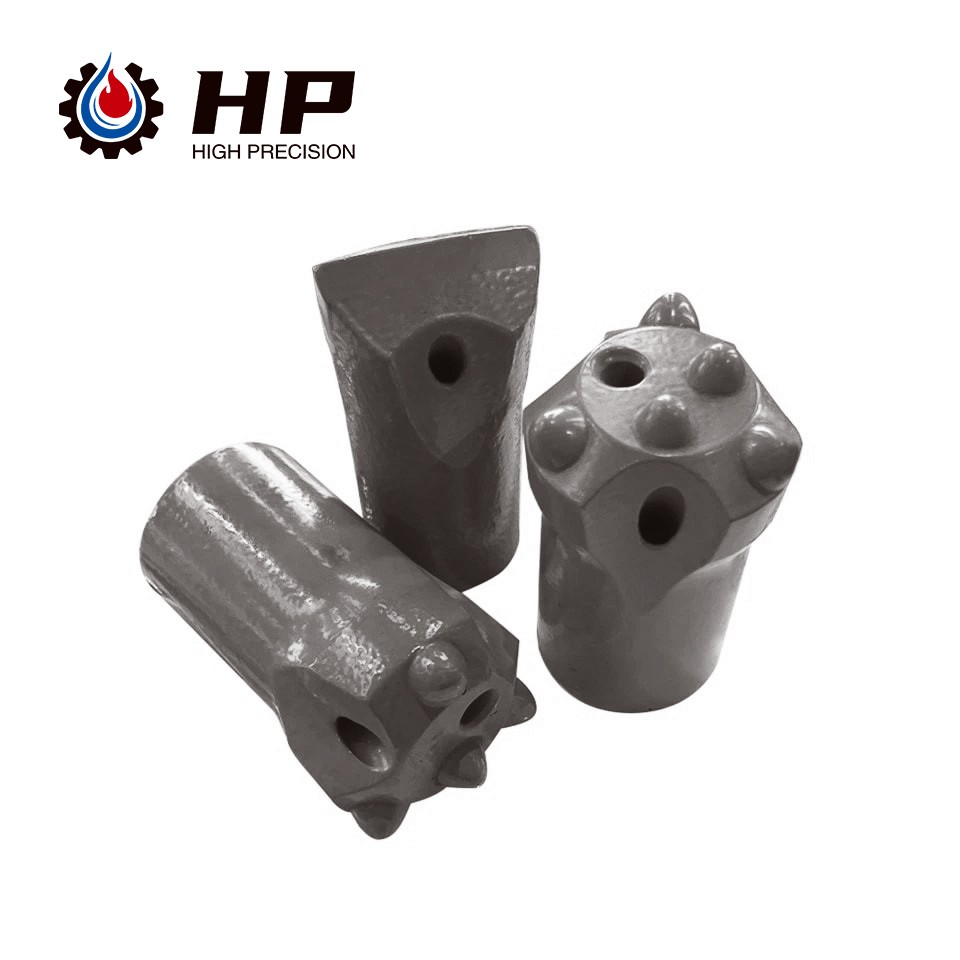
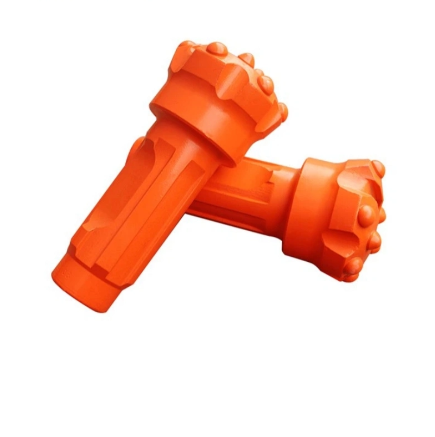
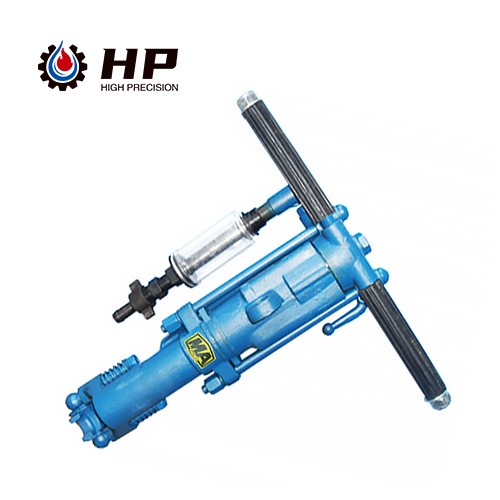
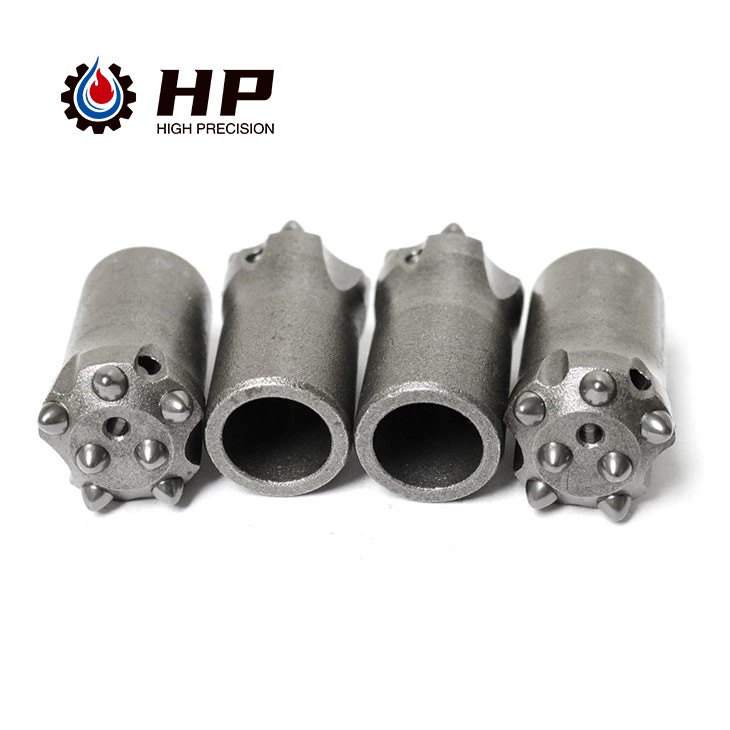
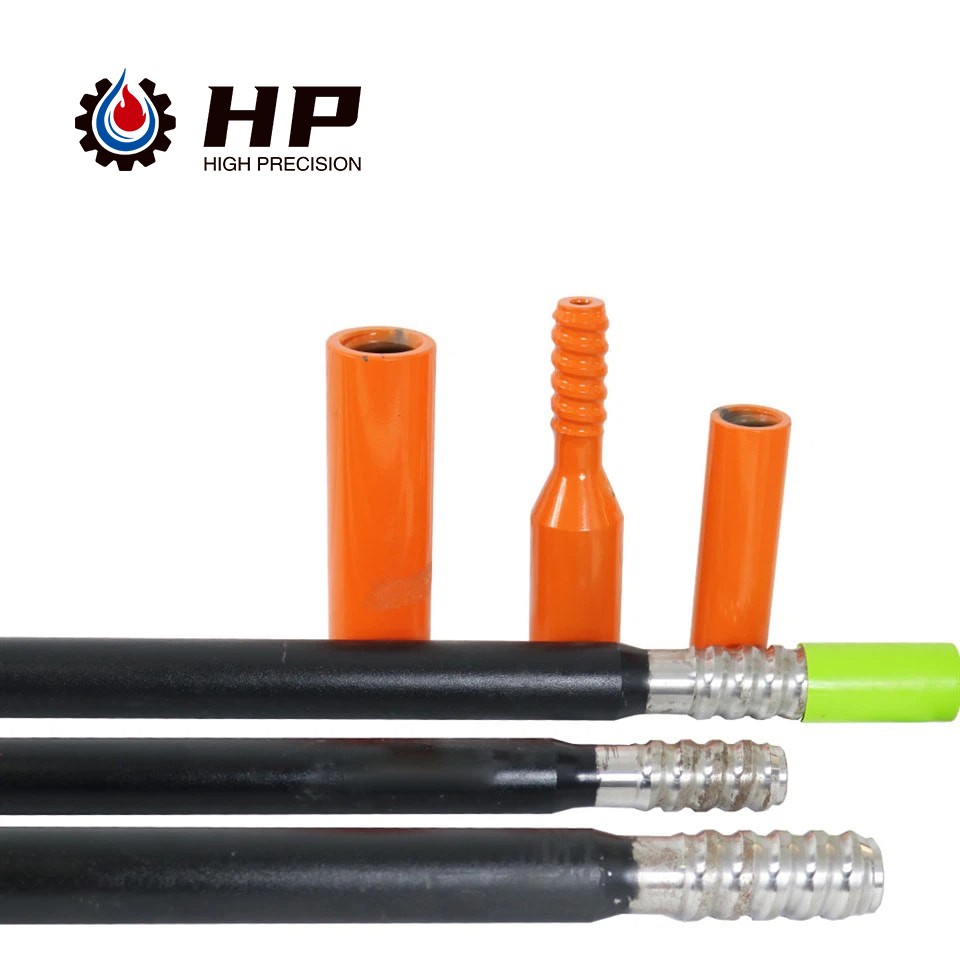
 The1year
The1year






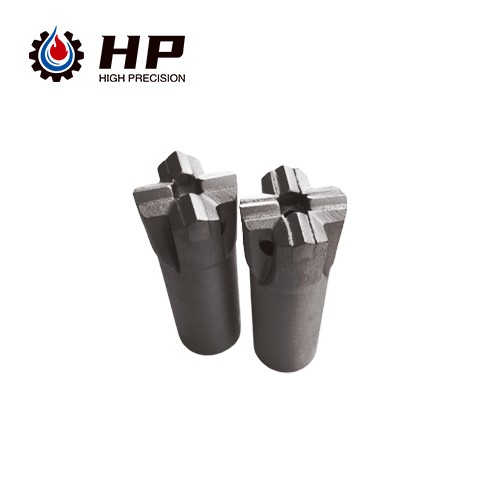 Taper Cross Bit
Taper Cross Bit
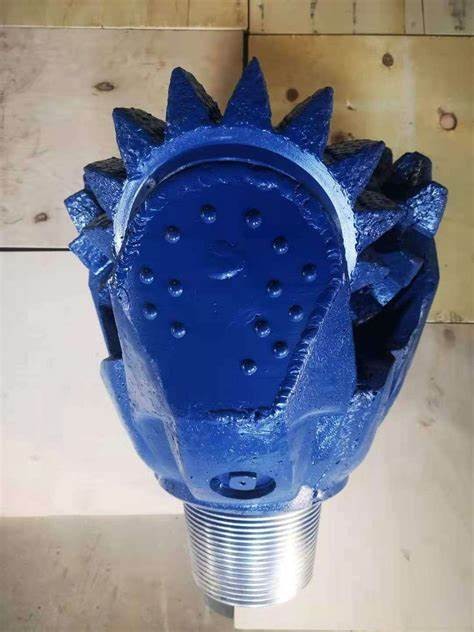 High Quality Tricone Milled Tooth
High Quality Tricone Milled Tooth
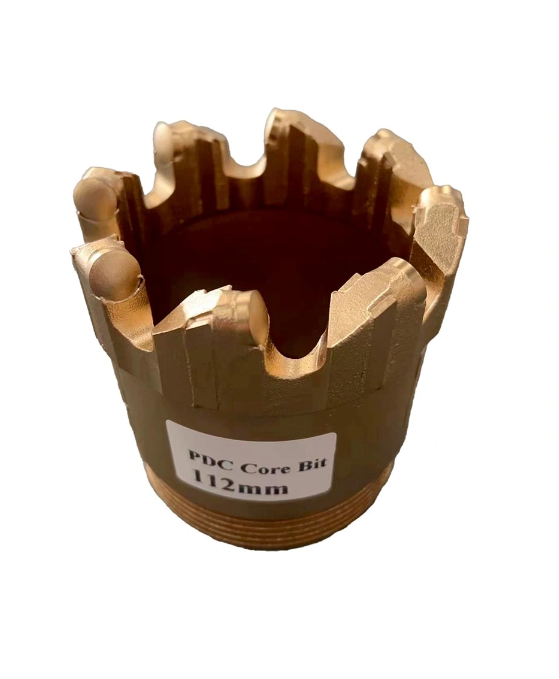 112mm PDC Core Drill Bit for Well
112mm PDC Core Drill Bit for Well
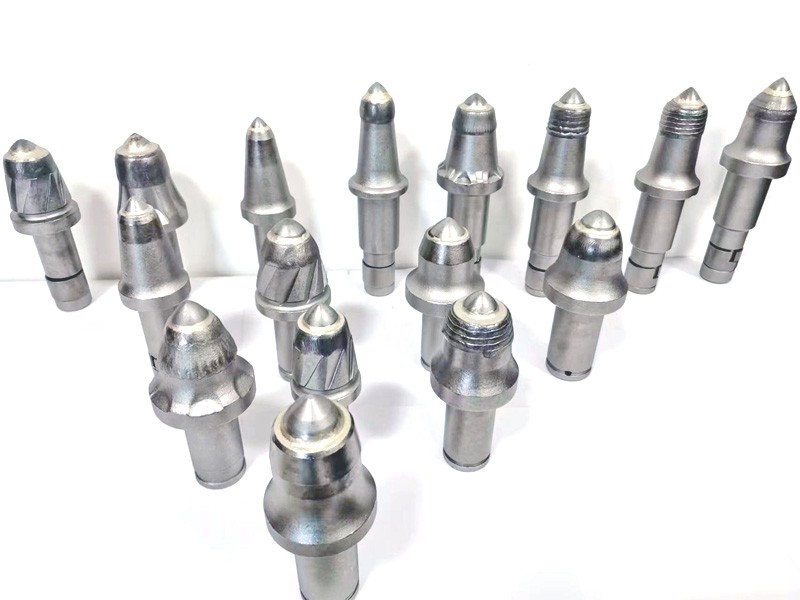 Roadheader Cutoff Teeth For Coal
Roadheader Cutoff Teeth For Coal
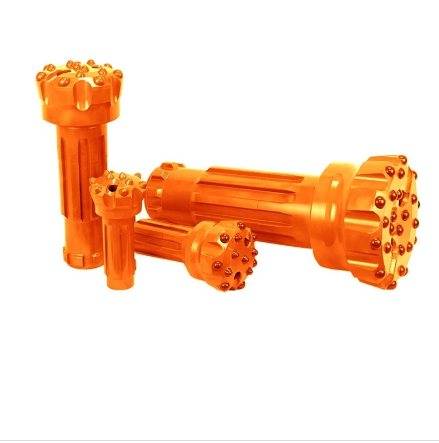 Ultra Rock Precision DTH Bits
Ultra Rock Precision DTH Bits
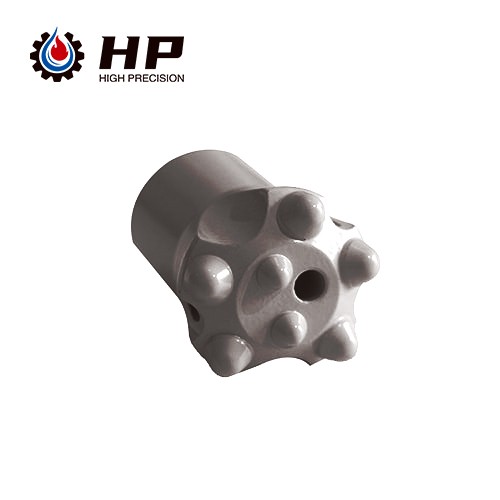 Taper Button Bit for Mining
Taper Button Bit for Mining
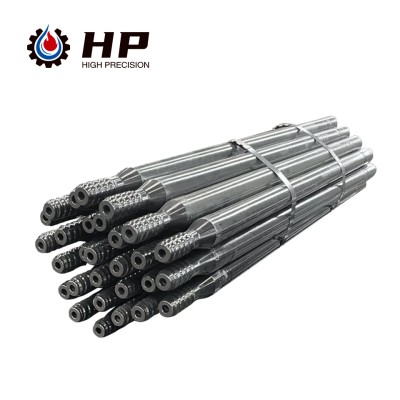 T51 Guide Tube
T51 Guide Tube
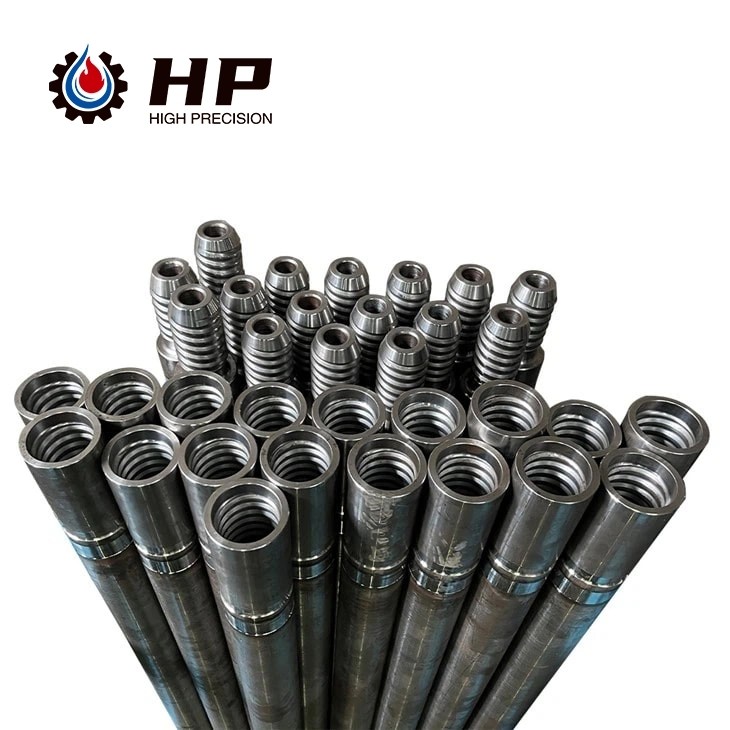 GT60 Guide Tube
GT60 Guide Tube
